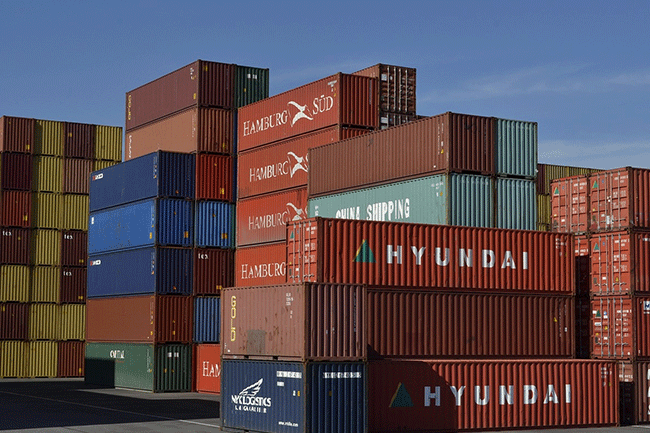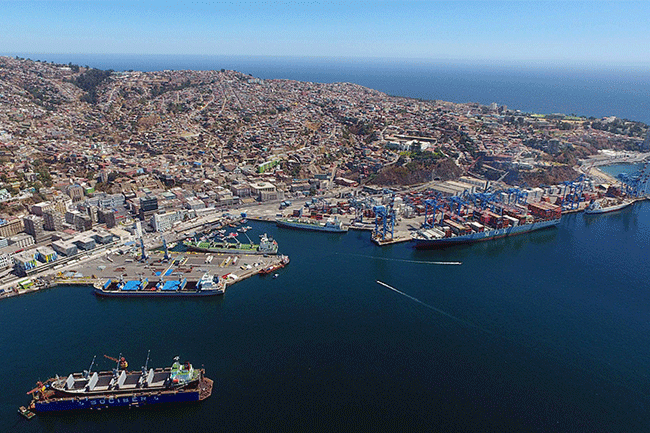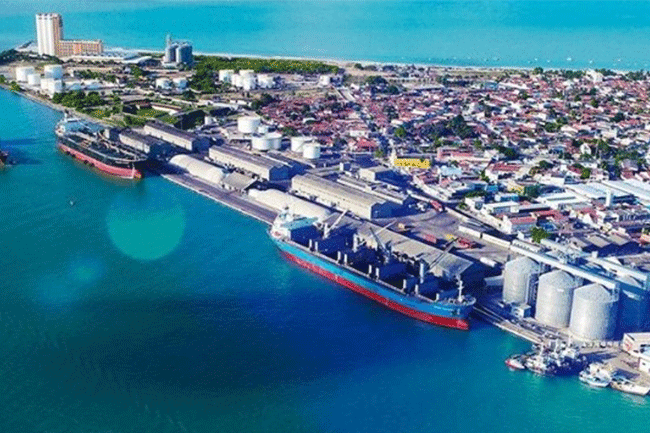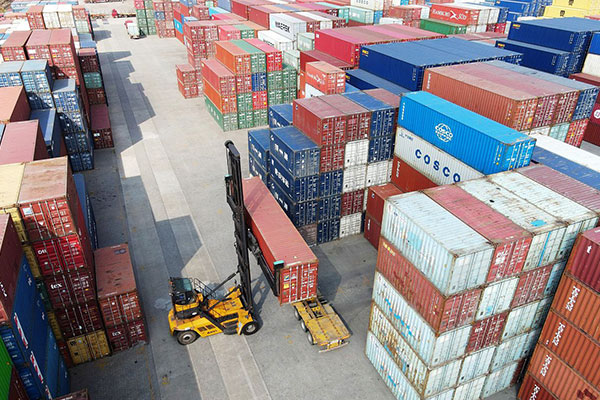- Shanghai Zhongshen International Trading Co., Ltd. – Your reliable partner with 20 years of import/export agency service expertise.

I. Situation and Policy Background of Italian Red Wine Import Trade
2023 data show that China has become the world’s second-largest export market for Italian red wine, with annual imports exceeding 120 million liters—28 % of the EU’s total red-wine exports to China. The surge stems from smoother China-EU trade facilitation and Chinese consumers’ rising demand for premium wines. It should be noted, however, that the EU has recently tightened compliance checks on farm-product exports, and China’s General Administration of Customs, under Decree No. 248 (Measures for the Registration of Overseas Food Manufacturers for Imported Food), requires every Italian winery to secure registration in China before shipment; importers must therefore verify their overseas suppliers’ credentials in advance.
At the tariff level, Italy, as a WTO member, applies the Most-Favored-Nation rate: bottled still wine (HS 2204290000) faces a 14% customs duty, 13% VAT, and 10% excise tax; sparkling wine (HS 2204210000) is subject to a 14% customs duty, with an overall tax burden of roughly 38%. Exchange-rate fluctuations (e.g., annual EUR/CNY volatility exceeding 5%) and logistics costs (2023 Mediterranean–ChinaMaritime transportThe average price has dropped 25% compared with 2021 but remains above pre-pandemic levels) is the cost variable that import enterprises need to focus on at present.
II.Import customs declarationThe Core: Professional Control of Document Processing
Document compliance is the "lifeline" for Italian wine customs clearance.foreign tradeThe core competency of an agent is to mitigate documentation risks through end-to-end review. Key documents include:
- Origin Certificate(CO): Must be issued by an authority authorized by the Italian Ministry of Economic Development, must bear the wording “Product of Italy,” and must match the bill of lading shipper and contract seller information to avoid customs challenges over “third-party origin.”
- Health Certificate: Must include the product name, specifications, production date, and storage conditions (e.g., "to be transported at a constant temperature of 12–18 °C"), and be stamped by the Italian Ministry of Health or its authorized body; absence of any critical information will result in return shipment.
- Chinese label sample and filing: The label must include 11 mandatory items such as “Ingredients & Additives,” “Alcohol Content,” “Country of Origin,” and “Importer’s Name & Address.” The agent may help verify these elements, but filing must be done by the company itself through the “Imported FoodCosmeticsSubmit through the "Label Management System" on your own.
- Bill of Lading (B/L) and Packing List: Must indicate “FCL” (Full Container Load) or “LCL” (Less-than-Container Load) and match the actual “pallets/bottles” inside the container. The forwarder will complete a pre-check for “document-cargo consistency” 3 days before arrival to avoid detention due to quantity discrepancies during inspection.
Special reminder: In 2023, Customs has intensified “document-logic verification.” If the certificate of origin is dated later than the on-board date of the bill of lading (it should normally be issued before loading), a retroactive investigation will be launched. By applying the mechanism of “pre-audit—vessel schedule tracking—document synchronization,” agents can reduce this risk by more than 90%.
III. End-to-End Logistics Management: Seamless Connection from Milan to Chinese Ports
Italian red-wine logistics must balance speed with quality assurance; a foreign-trade agent’s professionalism shows in “tailored shipping plans + end-to-end monitoring.”
Selection of Transportation Modes
The mainstream choice is sea freight (accounting for 85%); agents will recommend based on volume: a 20-ft container (≈1,800 bottles) for trial orders, and a 40-ft high-cube (≈3,600 bottles) for regular imports. For premium wines with tight timelines (e.g., Barossa DOCG level), you can opt forAir freight(Milan–Shanghai, 48-hour delivery), but the cost is 3–5 times that of ocean freight.
2. Temperature Control and Insurance
Red wine is temperature-sensitive (optimal shipping range 12–18 °C), so the forwarder will insist on a “T-type reefer container” (±2 °C tolerance) and mark the booking note “Reefer Cargo.” For insurance, we recommend “All Risks plus Temperature Deviation Extension,” which covers spoilage from temperature-control failure; the forwarder can liaise with PICC or other major insurers to guarantee swift claims settlement.
3. Post-arrival operations
Three days before the cargo arrives at the port, the agent completes the “switch bill” procedure (exchanging the telex-release guarantee or original B/L for the Delivery Order), while simultaneously transmitting the electronic “Import Goods Declaration” to Customs. After arrival, if Customs inspection is triggered (probability ≈ 15 %), the agent will secure an inspection site (preferably a bonded warehouse with constant-temperature capability) and on-site verify the consistency of “container seal number – B/L – actual cargo,” ensuring the inspection is finished within 24 hours.
IV. Handling Special Scenarios: VTB in Re-export Operations to RussiaConvert foreign exchange into RMBAdvantages
Affected by the international situation, some companies are re-exporting red wine to Russia via Italy; at this juncture, VTB Bank (Bank for Foreign Trade of Russia) offers a pronounced advantage in foreign-exchange settlement:
- Settlement efficiency: VTB has established a direct link with Chinese-funded banks (e.g., Bank of China Moscow Branch), enabling cross-border wire transfers to arrive on T+1—two to three business days faster than the traditional SWIFT route.
- Exchange rate risk hedging: VTB offers a direct CNY-RUB exchange rate (mid-price + 0.5%), avoiding the 1–2% FX loss from a multi-currency EUR-USD-RUB conversion.
- Compliance guarantee: VTB vs.Re-export ServicesDocument review is more flexible (e.g., accepting a tri-party trade contract among Italy–China–Russia). Combined with the agent’s “consistency of documents” check, it can mitigate OFAC (U.S. Department of the Treasury’s Office of Foreign Assets Control) sanctions risk.
V. Certification Reminders and Compliance Boundaries: Key Qualifications Enterprises Must Obtain on Their Own
Please note: Our company does not provide product-certification services; however, we will indicate the compliance requirements that enterprises must complete on their own:
- Registration of overseas production enterprises: Italian red-wine producers must apply for registration through the General Administration of Customs’ “Internet + Customs” platform (registration number format: IT + six digits); importers should ask their suppliers for the registration certificate in advance.
- Domestic business qualification: Importers must hold a Food Business License (with “pre-packaged food sales” included in the business scope); in certain regions (e.g., Shanghai), an additional filing of “alcohol circulation information” is required (submitted through the Shanghai Alcohol Circulation Management System).
- First-time import sampling inspection: Customs will conduct 100% sampling inspection on Italian red wine entering the country for the first time (covering 20 items including methanol and sulfur dioxide). The inspection report will be issued by China Certification & Inspection Group (CCIC); companies should allow 15–20 working days for the testing process.
VI. Full-process Agency Service: A 9-Step Standardized Operation Breakdown
With 20 years of experience, our companyImport Agent ServicesBroken down into 9 key stages to ensure every node is controllable:
Customer Consultation
Collect requirements via questionnaire (e.g., wine type, annual import volume, preferred port of destination), evaluate logistics options (sea/air freight) and customs-clearance complexity (e.g., whether special wine labels are involved), and deliver the “Preliminary Service Proposal.”
2. Negotiation and Contract Signing
Review the contract’s trade terms (CIF recommended, with the seller covering transport insurance to reduce the buyer’s risk), payment method (30 % T/T in advance + 70 % against copy of B/L, or sight L/C), and clearly define the “non-conforming quality” dispute-resolution clause (e.g., stipulate pre-shipment inspection by SGS).
3. Orders and Payment
Assist companies in purchasing foreign exchange through banks (contracts, invoices, customs declarations and other documents required); for Russia-related business, VTB Bank’s “Cross-Border Interbank Payment System (CIPS)” in RMB is recommended to reduce exchange-rate losses.
4. Production Supervision (Optional)
For custom-labeled wines, you may entrust an Italian inspection body (e.g., SGS) to verify whether the raw materials (grape varieties) and production processes (fermentation time) comply with the contract requirements, and issue a Production Supervision Report.
5. Logistics Management
Lock in the sailing schedule at the time of booking (e.g., MSC’s MEDLINE service, Milan–Shanghai in 28 days), track the container’s location throughout the journey via the carrier’s API-linked system, and complete the “manifest pre-filing” three days before arrival to ensure on-time customs clearance.
6. Customs Compliance
HS Code Classification (via the "Import and exportVerify against the Tariff and the Customs Pre-classification Decision, compute the overall tax burden (Customs duty = goods value × 14%; Consumption tax = (goods value + customs duty) ÷ (1 – 10%) × 10%; VAT = (goods value + customs duty + consumption tax) × 13%), file the declaration through the “Single Window” system, and obtain customs clearance within one working day.
7. Delivery and Distribution
After customs clearance, coordinate cold-chain logistics (e.g., JD Logistics’ “Wine Express Line”) for delivery to the customer’s warehouse, with end-to-end temperature monitoring (via GPS + temperature & humidity sensors) to safeguard quality through the “l(fā)ast mile.”
8. Quality Assurance
If the random customs inspection fails (probability ≈ 3%), we assist the company in negotiating a return or destruction with the supplier and simultaneously provide the "Quality Issue Handling Report"; if it passes, we hand over the "Entry-Exit Inspection and Quarantine Certificate" (obtained within 7 working days after customs clearance).
9. Summary and Feedback
Deliver the “Import Cost Analysis Report” (detailing ocean freight, customs duties, inspection fees, etc.) and the “Customs Clearance Timeline Summary” to help the company optimize its next import plan; once the final payment is settled, the service loop is closed.
Choosing a professional foreign-trade agent is, in essence, to turn the “uncontrollable variables” of importing Italian red wine into “predictable outcomes” through capabilities in “document compliance + precise logistics + risk coverage.” In today’s complex and volatile trade environment, such professional service is not only a guarantee of efficiency but also a critical shield for compliant business operations.
? 2025. All Rights Reserved.










